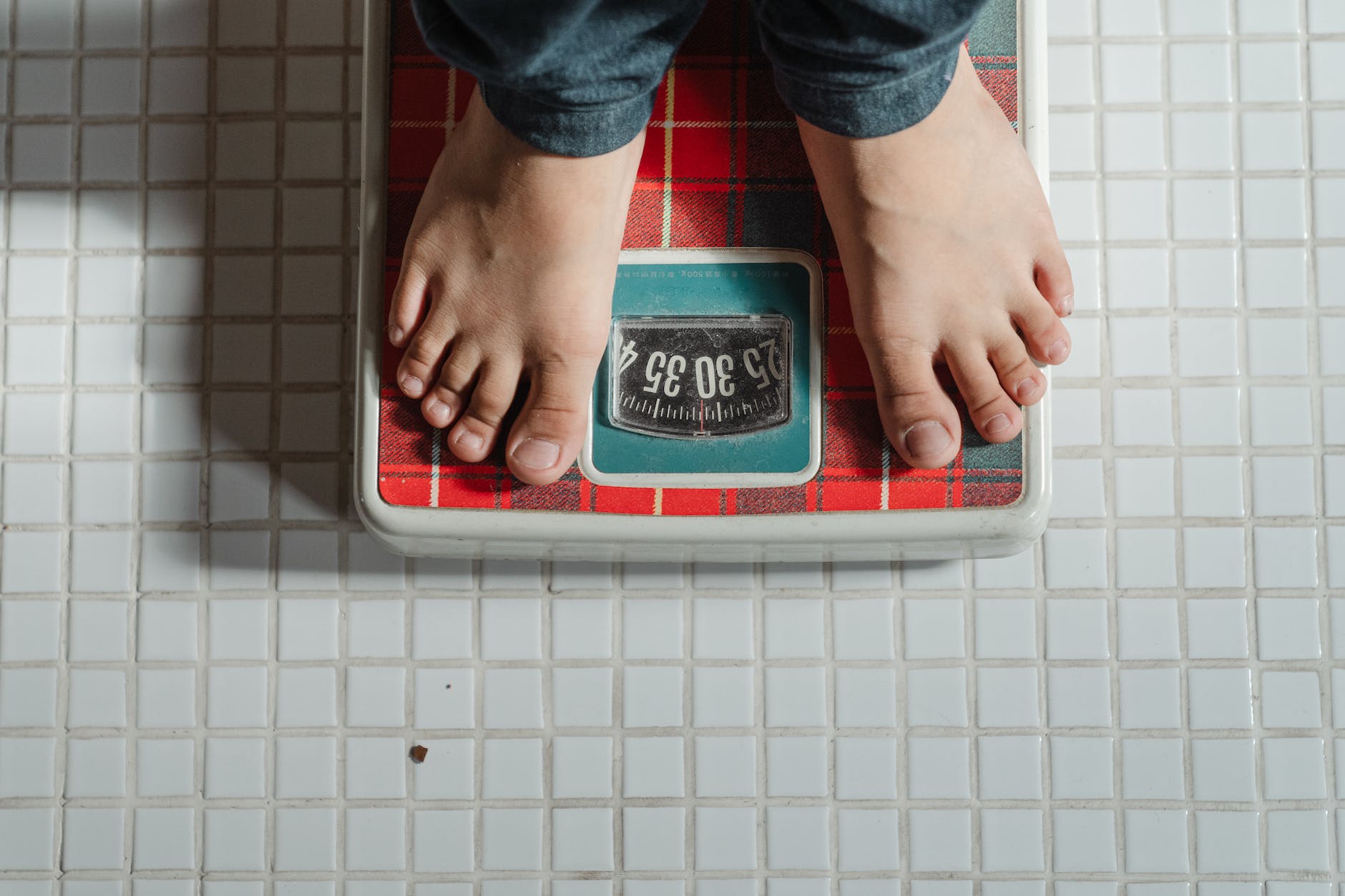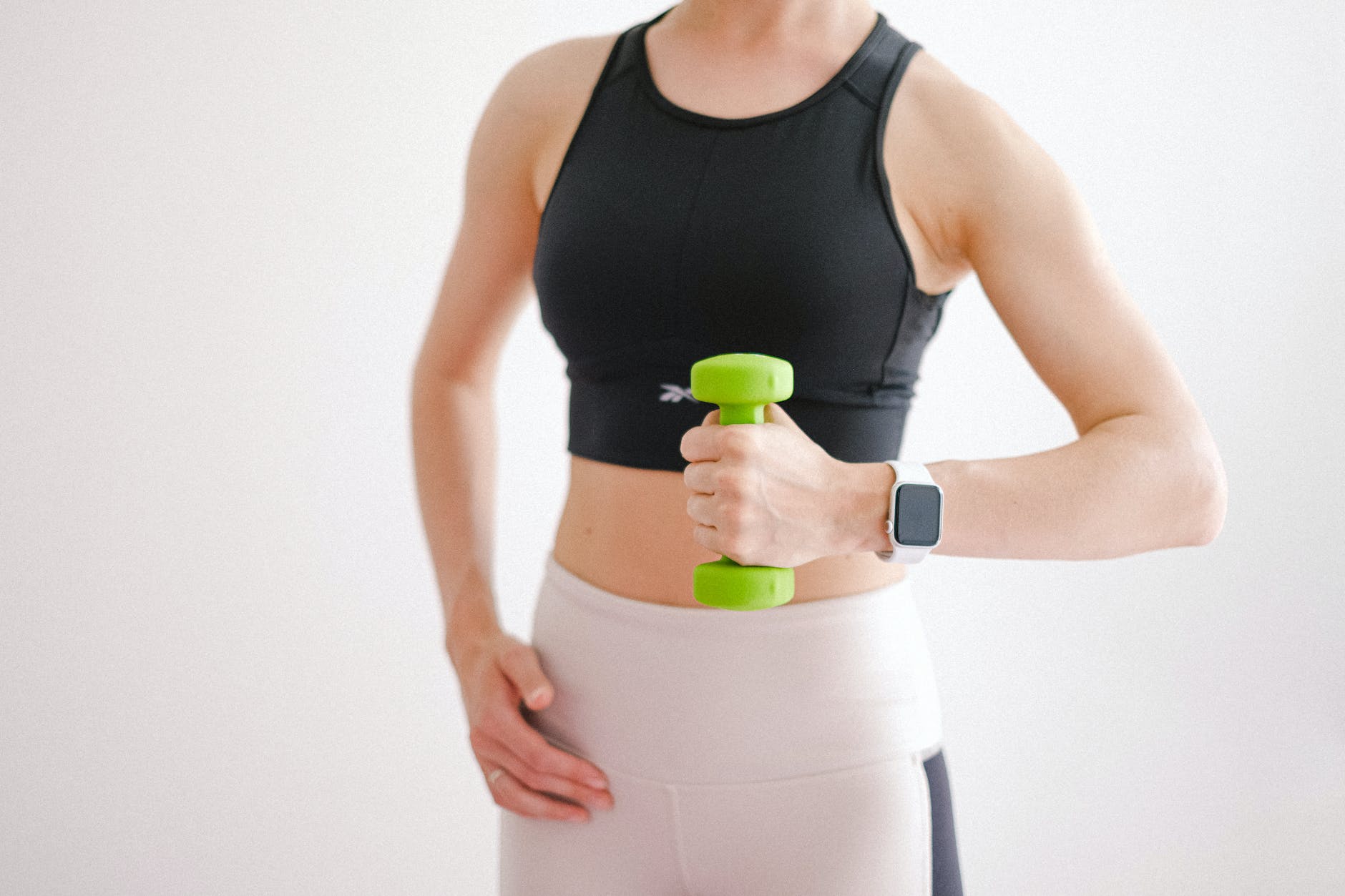
In the realm of health and fitness, one metric often emerges as a focal point in discussions about weight, health, and lifestyle: the Body Mass Index, or BMI. This simple yet powerful tool has become a cornerstone in assessing individual health, providing a quick snapshot of where we stand on the scale of underweight to obesity. But what exactly is BMI, and why does it hold such significance in our lives?
BMI offers a universally recognized method to gauge body weight relative to height, transcending age and gender to apply to adults worldwide. Its significance cannot be overstated, as it serves as a preliminary indicator of potential health risks associated with both underweight and overweight conditions. From guiding individual health decisions to shaping public health policies, understanding BMI is crucial for everyone.
As global obesity rates continue to climb, affecting millions of lives, the urgency to understand and act upon BMI readings has never been greater. But BMI is more than just a number; it is a gateway to awareness, a step towards better health, and a tool for change in the fight against the obesity epidemic.
In this comprehensive guide, we’ll dive deep into the world of BMI. From its origins to its applications, limitations, and beyond, we aim to equip you with everything you need to know about BMI. And to make this journey interactive, we’ve included FREE BMI calculators at various points in our discussion. These tools are designed to provide you with personalized insights, making this exploration not just informative but also engaging and directly applicable to your life.
Whether you’re a health enthusiast, someone looking to make informed lifestyle changes, or simply curious about where you stand, this post is for you. So, let’s embark on this enlightening journey together, unraveling the mysteries of BMI and taking steps towards a healthier tomorrow.
Use this FREE tool to get a basic BMI calculation and see where you stand.
Interactive BMI Calculator
The BMI ranges, categorized by the World Health Organization (WHO), are commonly used to classify underweight, normal weight, overweight, and obesity in adults. Here are the standard BMI ranges:
- Underweight: BMI less than 18.5
- Normal weight: BMI 18.5–24.9
- Overweight: BMI 25–29.9
- Obesity (Class 1): BMI 30–34.9
- Obesity (Class 2): BMI 35–39.9
- Extreme Obesity (Class 3): BMI 40 or more
These ranges provide a general guideline for assessing the potential health risks related to body weight. However, it's important to note that BMI does not differentiate between muscle and fat mass and may not accurately reflect the health status of individuals with high muscle mass, among other limitations. For a comprehensive health assessment, it's advisable to consult healthcare professionals and consider other factors and measurements.
Understanding BMI: Key Numbers, Benchmarks, and Global Trends
In our exploration of Body Mass Index (BMI) and its significance in assessing health, it's essential to ground our discussion in concrete numbers and benchmarks. These data points not only illuminate the global landscape of health and obesity but also offer a clearer picture of where individuals might stand within these metrics.
Global BMI Averages: A Snapshot
The World Health Organization (WHO) provides us with a comprehensive look at global health trends, revealing a nuanced picture of BMI averages around the world. As of the latest data:
- Global Average BMI: Stands at approximately 24.5 kg/m² for adults. However, this average masks significant regional differences, from as low as 22 kg/m² in some parts of Southeast Asia to over 27 kg/m² in Pacific Island nations, reflecting diverse dietary habits, lifestyles, and genetic predispositions.
The Escalating Obesity Epidemic
A concerning global health crisis is the sharp rise in obesity rates across all age groups:
- Adult Obesity: The global obesity rate among adults has nearly tripled since 1975. In 2016, over 1.9 billion adults were overweight, of which over 650 million were obese. This means approximately 13% of the global adult population falls into the obese category, with a higher prevalence among women (15%) compared to men (11%).
Delving Into Demographics: BMI Across Ages and Genders
BMI interpretations vary significantly across different demographics, necessitating a tailored approach to health assessment:
- Children and Adolescents: The CDC employs BMI-for-age percentiles to evaluate children's weight status. For instance, a BMI of 23 is considered obese for a 10-year-old boy, highlighting the importance of age-specific benchmarks in pediatric health.
- Gender Specifics: Due to differences in body composition, women tend to have a higher body fat percentage than men at the same BMI. Healthy body fat percentages are considered between 21-33% for women and 8-19% for men, varying with age.
The Role of Diet and Exercise in Managing BMI
Effective BMI management is closely linked to dietary habits and physical activity levels:
- Caloric Balance: An essential principle in weight management is the caloric deficit needed to lose weight. A deficit of 3,500 calories is approximately equal to one pound of weight loss, guiding dietary and exercise recommendations for those looking to adjust their BMI.
- Exercise Recommendations: The WHO advises that adults engage in at least 150 minutes of moderate-intensity aerobic activity or 75 minutes of vigorous-intensity activity weekly to maintain health and manage weight effectively.
Navigating Your BMI Journey with Informed Choices
Equipped with these benchmarks and understanding global trends, individuals can better navigate their health journey. Whether it's striving for a healthier BMI, understanding risk factors, or simply seeking to maintain wellness, these numbers provide a foundation for informed decision-making and goal-setting.
BMI Through the Ages: A Closer Look at Age and Gender Differences
The Body Mass Index (BMI) is a universal tool, but its interpretation is far from one-size-fits-all. Age and gender significantly influence body composition, making it crucial to adjust our understanding of BMI accordingly. This section demystifies how BMI is applied across different life stages and between genders, shedding light on the personalized nature of health assessment.
Understanding BMI in Children and Adolescents
For individuals under 20, BMI calculations take on a different meaning. Pediatric BMI is assessed using age and gender-specific percentile charts rather than the adult categories of underweight, normal weight, overweight, and obese. These percentiles compare a child's BMI with others of the same age and gender, acknowledging the natural variations in body composition as children grow.
- Pediatric Percentiles: A child's BMI percentile reveals how their measurements compare to national standards. For instance, a BMI in the 85th to 94th percentile for their age and gender group is considered overweight, while the 95th percentile and above is classified as obese.
- Growth Patterns: Recognizing that children and adolescents are still growing, these percentiles account for the normal fluctuations in body fat and muscle mass as they age.
Gender Differences in BMI Interpretation
Men and women have different body compositions, which can affect how BMI correlates with health risks. Generally, women have a higher percentage of body fat than men at the same BMI. This difference underscores the need for gender-specific analysis and understanding when interpreting BMI values.
- Body Composition: The distribution of muscle and fat varies by gender, influencing BMI outcomes. For example, since muscle weighs more than fat, a muscular person may have a high BMI but not have excess body fat.
- Health Implications: Understanding these differences is essential for accurately assessing health risks associated with BMI categories.
BMI in Older Adults: Adjusting Expectations
As we age, our body composition changes, often leading to a natural increase in body fat and decrease in muscle mass. These changes can affect BMI interpretations for older adults, suggesting a need for adjusted thresholds.
- Age-Adjusted BMI: Research suggests that slightly higher BMI ranges might be healthier for older adults, offering better protection against frailty and bone density loss.
- Comprehensive Assessment: For seniors, BMI is just one piece of the puzzle. Other factors, such as activity level, nutrition, and overall health, are crucial for a complete health assessment.
The Role of Muscle Mass: When BMI Doesn't Tell the Whole Story
Muscle mass is a critical factor that BMI doesn't directly account for. Athletes or individuals with high muscle mass might find themselves categorized as overweight or obese by BMI standards, despite having a low body fat percentage.
- Beyond BMI: For those with significant muscle mass, additional measures like body fat percentage or waist-to-hip ratio can offer a more accurate health assessment.
- Personalized Health Evaluation: It's important for individuals and healthcare providers to consider multiple factors beyond BMI when evaluating health and fitness.
Global Perspectives on BMI: Understanding the Tapestry of Health
In a world as diverse as ours, Body Mass Index (BMI) serves as a universal metric, offering insights into population health across different corners of the globe. However, interpreting BMI without considering the tapestry of genetic, lifestyle, and environmental factors that influence health can lead to an oversimplified view. This section explores the global nuances of BMI and underscores the importance of a nuanced approach to health assessment.
The Global Obesity Epidemic
The rise in obesity rates worldwide is alarming, with no country immune to this growing health concern. According to the World Health Organization (WHO), global obesity has nearly tripled since 1975. Yet, the prevalence of obesity and how BMI is interpreted vary significantly from one region to another, influenced by factors such as diet, physical activity levels, and socioeconomic conditions.
- High-Income Countries: Often characterized by higher average BMIs, countries with advanced economies face challenges related to overnutrition and sedentarism. The availability and marketing of high-calorie, nutrient-poor foods, combined with increasingly sedentary lifestyles, have contributed to rising obesity rates.
- Low- and Middle-Income Countries: Many of these countries are experiencing a rapid transition, facing the double burden of malnutrition—persisting undernutrition alongside escalating obesity rates. This paradoxical situation is partly due to urbanization, changes in food systems, and economic development leading to lifestyle changes.
BMI Variations Across Demographics
BMI interpretations need to account for age, gender, and muscle mass, among other factors. For instance, children and teenagers have their BMI assessed differently, using age and gender-specific percentile charts. Older adults might have slightly higher BMI thresholds for what's considered healthy, acknowledging changes in body composition with age.
- Age: Growth patterns in children and loss of muscle mass in older adults necessitate age-adjusted BMI calculations.
- Gender: Men and women naturally have different body compositions, which can affect how BMI correlates with body fat percentage and health risks.
- Muscle Mass: Highly muscular individuals may have a high BMI despite having a low body fat percentage, illustrating the limitations of BMI as a sole indicator of health.
The Cultural Context of BMI
Cultural perceptions of body weight and beauty standards also play a significant role in how BMI is viewed. In some cultures, a higher BMI may be associated with prosperity and health, while in others, a lower BMI is often idealized. These cultural nuances highlight the importance of approaching BMI with sensitivity and awareness of broader social and cultural dynamics.
Moving Beyond BMI
Recognizing the limitations of BMI as a universal health metric, health professionals often incorporate additional assessments to provide a more comprehensive health picture. Measures such as waist circumference, waist-to-hip ratio, and body fat percentage offer valuable insights into body composition and health risks, complementing BMI data.
Influences on BMI: Navigating Diet, Exercise, and Lifestyle
The journey to a healthy BMI is multifaceted, involving more than just numbers on a scale. It's influenced by diet, physical activity, sleep patterns, and stress management, among other factors. Understanding these influences can equip you with the tools needed to manage your BMI effectively and enhance your overall health.
The Impact of Diet on BMI
A balanced diet plays a pivotal role in achieving and maintaining a healthy BMI. Here's how you can make food your ally in this journey:
- Nutrient-Dense Foods: Focus on incorporating fruits, vegetables, whole grains, lean proteins, and healthy fats into your diet. These foods provide essential nutrients without excessive calories.
- Mindful Eating: Pay attention to hunger and fullness cues. Eating mindfully helps prevent overeating and supports a healthy relationship with food.
- Portion Control: Understanding and managing portion sizes can help you maintain a balanced calorie intake, crucial for managing your BMI.
Exercise: A Key Player in BMI Management
Regular physical activity is indispensable for maintaining a healthy BMI. Here's how to integrate exercise into your lifestyle:
- Find Your Fit: Choose activities you enjoy, whether it's walking, cycling, swimming, or team sports. Enjoyment increases the likelihood of long-term adherence.
- Consistency Over Intensity: Aim for moderate-intensity activities most days of the week. Consistent, daily physical activity is more beneficial than sporadic, high-intensity workouts.
- Strength Training: Incorporating muscle-strengthening activities at least two days a week can help increase muscle mass, boosting your metabolism and aiding in weight management.
Lifestyle Factors: Sleep and Stress
Lifestyle habits such as sleep and stress management play significant roles in influencing BMI:
- Adequate Sleep: Aim for 7-9 hours of quality sleep per night. Poor sleep can disrupt hormonal balance, affecting hunger and appetite regulation, leading to weight gain.
- Stress Management: Chronic stress can lead to emotional eating and weight gain. Techniques such as meditation, deep breathing exercises, and regular physical activity can help manage stress effectively.
Success Strategies: Real-Life Tips for Managing BMI
Dietary Adjustments
- Plan Meals: Preparing meals in advance can help ensure you have healthy options on hand, reducing the temptation to opt for less nutritious choices.
- Hydration: Drinking enough water is essential for overall health and can help manage hunger and satiety.
Exercise Routine
- Set Realistic Goals: Start with achievable exercise targets and gradually increase intensity and duration as your fitness improves.
- Stay Motivated: Tracking progress, setting goals, and rewarding achievements can keep motivation high.
Lifestyle Tweaks
- Prioritize Sleep: Establish a regular sleep schedule and create a restful environment to improve sleep quality.
- Find Healthy Stress Relievers: Identify activities that reduce stress without turning to food, such as hobbies, spending time outdoors, or practicing relaxation techniques.
Conclusion: Empowering Your Health Journey with BMI Knowledge and Tools
Our exploration of BMI underscores its value as a key indicator of health, offering insights into potential risks associated with being underweight, overweight, or obese. However, our journey has also highlighted the critical nuances that make BMI a starting point rather than the definitive word on our health status. Recognizing the importance of context—such as age, gender, and muscle mass—in interpreting BMI allows us to use this metric more effectively in our pursuit of health and well-being.
Key Takeaways
- BMI as a Health Indicator: BMI provides a quick snapshot of your health status, helping identify potential health risks related to weight.
- The Importance of Context: Factors like age, gender, and body composition significantly influence how BMI should be interpreted, emphasizing the need for a personalized approach to health assessment.
- Global Perspectives on BMI: Understanding the variations in BMI across different populations can enrich our perspective on health and encourage a more inclusive view of wellness.
- Influences on BMI: Diet, exercise, and lifestyle choices play pivotal roles in shaping our BMI and overall health, highlighting the power of daily habits in managing our well-being.
- Empowering Tools: Interactive BMI calculators and other tools enhance our understanding and engagement with our health metrics, making the journey toward better health more accessible and informed.
Moving Forward: Taking Action
Armed with a deeper understanding of BMI and its implications, the next step is to embrace actionable strategies that support health and wellness:
- Engage with Health Tools: Utilize the interactive BMI calculator and tool provided in this post to monitor your health and make informed decisions.
- Adopt a Holistic Approach: Remember, managing your BMI effectively involves more than just monitoring weight; it's about nurturing your body with nutritious food, regular physical activity, adequate sleep, and stress management.
- Seek Professional Guidance: While this post offers a wealth of information and resources, consulting with healthcare professionals can provide personalized advice tailored to your unique health needs and goals.
Your Journey to Health
Every journey begins with a single step. Whether you're looking to understand your BMI better, manage your weight, or enhance your overall health, the tools and knowledge shared here can serve as your guide. Remember, the path to wellness is personal and ongoing, filled with learning, growth, and self-discovery.
As you move forward, let your newfound insights into BMI and health empower you to make choices that resonate with your body's needs and your life's goals. Here's to a healthier, more informed you!
FAQs on BMI and Health
- What is BMI and how is it calculated?
- BMI, or Body Mass Index, is a measure calculated using your height and weight (BMI = kg/m²) to assess if your weight falls within a healthy range.
- Why is BMI important?
- BMI is a useful, quick screening tool to identify potential weight-related health risks, though it's not diagnostic of the body fatness or health of an individual.
- Can I be healthy with a high BMI?
- Yes, individuals with a high BMI can be healthy if they maintain a balanced diet, regular physical activity, and have no additional health risk factors. Muscle mass can also influence BMI.
- How does age affect BMI?
- BMI categories are adjusted for children and teens, taking into account age and gender. For adults, aging can affect body composition, potentially necessitating a nuanced interpretation of BMI.
- Are there gender differences in BMI?
- Yes, due to differences in body composition, the same BMI might signify different levels of body fat in men and women.
- What's the best way to improve my BMI?
- Focusing on a balanced diet, consistent physical activity, adequate sleep, and stress management can help manage your BMI healthily.
- Is BMI the only measure of health?
- No, BMI is one of many tools. Others include waist circumference, body fat percentage, and overall fitness and health markers.
- How often should I check my BMI?
- Regularly monitoring your BMI can be helpful, but it's more important to focus on overall healthy habits than frequent checks.
- Can children have an unhealthy BMI?
- Yes, children can also fall into unhealthy BMI ranges. It's important to encourage healthy eating and activity habits from a young age.
- Where can I find reliable BMI calculators?
- Many reputable health websites offer free BMI calculators. Always look for tools that consider age, gender, and other relevant factors for accurate assessments.
Blog Tags
health, wellness, BMI, nutrition, exercise, weight management, body composition, healthy living, lifestyle changes, obesity prevention














